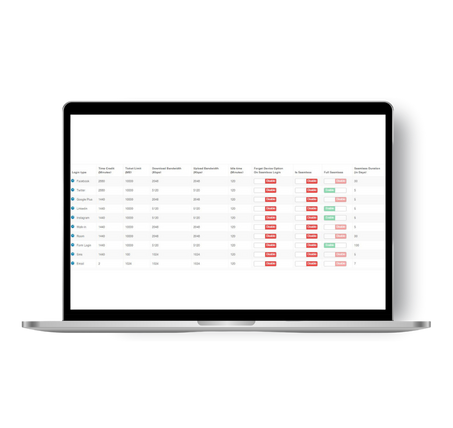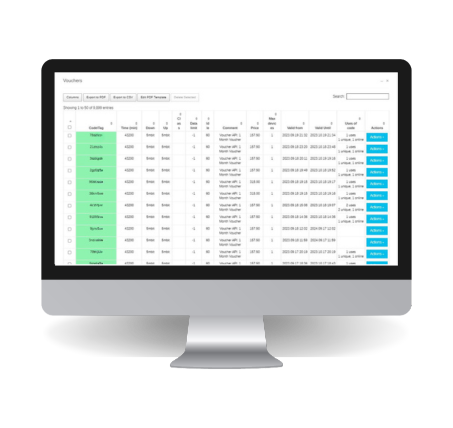Secure Your Network: No Roaming in VLANs
Denied roaming across VLANs in a network can be a deliberate network design choice or a result of misconfiguration. Roaming typically refers to the ability of a wireless device, such as a laptop or smartphone, to maintain network connectivity as it moves between different access points within the same network or even across different networks. When roaming is denied across VLANs, it means that devices cannot seamlessly transition between different VLANs while maintaining their network connection. This can have both advantages and disadvantages, depending on the network’s intended use case and security requirements.

Key Features
Here are some key points to consider regarding denied roaming across VLANs:
- Security Isolation: One of the primary reasons for denying roaming across VLANs is to enhance security. VLANs are used to logically segregate network traffic, and not allowing devices to roam between them ensures that devices in one VLAN cannot easily access or communicate with devices in another VLAN.
- Compliance Requirements: Certain industries and organizations are subject to regulatory compliance requirements that mandate strict network segmentation and data isolation.
- Network Performance: Allowing devices to roam freely across VLANs can lead to increased network congestion and reduced performance. By denying roaming, network administrators can have more control over traffic flow and prioritize bandwidth usage.
Key Features
- Resource Allocation: In some cases, certain VLANs may have different levels of service or resource allocation. Denying roaming helps in maintaining these resource allocation policies and preventing guest devices from using corporate resources.
- Complexity Reduction: Managing a network where devices are allowed to roam freely between VLANs can be complex. It may require more sophisticated routing, access control, and monitoring.

Conclusion
Denied roaming across VLANs in a network is a deliberate network design choice made to prioritize security, compliance, network performance, and resource allocation over user mobility and flexibility. The decision should be based on the specific needs and requirements of the network and its users. Proper planning, documentation, and monitoring are essential to ensure that denied roaming is implemented effectively while maintaining a good user experience and network security.
